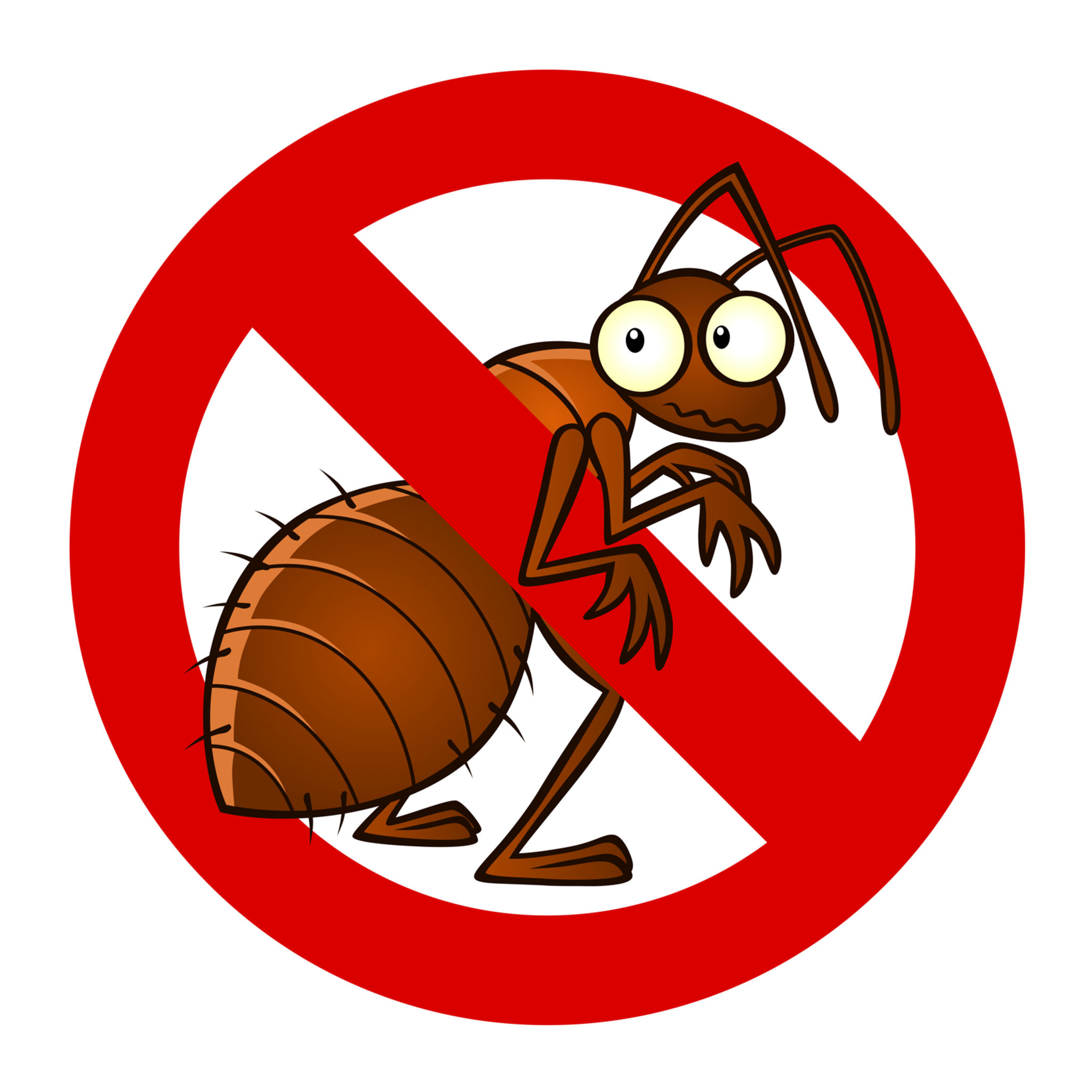Top Quality A1 Pest Control Services Charlotte - Protect Your Home
Top Quality A1 Pest Control Services Charlotte - Protect Your Home
Blog Article
Bed Pest Therapy Break Down: Contrasting Chemical Vs. Non-Chemical Solutions
In the realm of bug control, specifically when handling the relentless concern of bed bugs, the option in between chemical and non-chemical treatment remedies can be an essential one. Both methods supply unique benefits and drawbacks, influencing aspects such as performance, security factors to consider, and overall expense. By checking out the nuanced information of each method, a clearer understanding of which path to pursue in dealing with a bed pest invasion can be achieved.
Effectiveness of Chemical Treatments
Chemical therapies for bed pest invasions have been widely identified for their potent and fast effectiveness in eliminating these insects. When thinking about the effectiveness of chemical treatments, it is important to understand that they can give a fast and complete solution to a bed bug issue.
Moreover, chemical treatments have the benefit of supplying residual impacts, implying that they can remain to remove bed pests even after the first application. This residual activity is particularly useful in combating any possible re-infestations. Additionally, the rapid action of chemical therapies can bring alleviation to individuals encountering serious bed pest infestations, permitting them to restore control of their home quickly.
Safety Worry About Chemical Solutions
One essential facet that calls for cautious consideration when utilizing chemical solutions for bed pest therapy is ensuring the safety and security of occupants and the setting. Exposure to particular chemicals used in bed pest treatments can lead to respiratory problems, skin irritation, or various other damaging responses, especially in people with pre-existing problems or sensitivities.
Furthermore, the environmental effect of chemical remedies is another considerable factor to consider. Some pesticides utilized in bed pest therapies might be unsafe to valuable bugs, wild animals, and ecosystems if they seep right into the dirt or water systems. It is crucial to use chemical treatments judiciously, following safety guidelines, and considering less toxic alternatives to alleviate these risks and make sure the secure and effective administration of bed pest problems.
Benefits of Non-Chemical Approaches
Considering the prospective safety concerns and ecological influence associated with chemical remedies for bed bug therapy, checking out non-chemical techniques provides an encouraging choice with a number of unique benefits. Non-chemical therapies are ecologically friendly, as they do not contribute to air or water air pollution, making them a lasting option for parasite control.
Furthermore, non-chemical solutions can be effective in targeting bed pests, consisting of hard-to-reach areas where chemical treatments might not pass through - A1 bed bug exterminator charlotte. Approaches such as warmth therapy, vacuuming, vapor cleansing, and cushion coverings give complete eradication without the usage of unsafe chemicals.
Limitations of Non-Chemical Treatments

In addition, non-chemical treatments commonly call for numerous applications to achieve effective elimination. This can be taxing and might not always guarantee complete removal of all bed bugs and their eggs, especially in hard-to-reach or concealed places.
In addition, the success of non-chemical therapies greatly counts on appropriate execution and thoroughness, which can be testing for individuals without expert competence. Poor application of non-chemical techniques might cause incomplete eradication, leading to persistent infestations and the need for extra therapies.
Consequently, while non-chemical therapies have their advantages, it is necessary to acknowledge these restrictions and consider them when identifying the most efficient approach for managing bed pest invasions.
Cost Comparison: Chemical Vs. Non-Chemical Options
Offered the limitations connected with non-chemical treatments, a necessary facet to examine in the context of bed insect administration is the cost find more info comparison in between chemical and non-chemical options. Chemical therapies typically entail the application of insecticides by professionals, which can range from $250 to $900 per area, depending upon the intensity of the problem and the dimension of the location to be dealt with. On the other hand, non-chemical therapies like warmth treatment or heavy steam can be more pricey, with costs ranging from $1,000 to $6,000 for a whole home. While the first cost of chemical treatments might seem reduced, numerous therapies might be called for to fully remove the invasion, potentially boosting the general expense. On the other hand, non-chemical choices might provide an extra environment-friendly and lasting remedy, although they can be cost-prohibitive for pest technician some people. Inevitably, when taking into consideration the expense of bed insect treatment alternatives, it is very important to evaluate the in advance expenses against the effectiveness and long-lasting sustainability of the chosen method.
Conclusion

Taking into consideration the possible safety and security concerns and ecological effect connected with chemical services for bed pest therapy, checking out non-chemical approaches presents an appealing option with a number of unique advantages.Given the limitations associated with non-chemical therapies, an important facet to evaluate in the context of bed bug monitoring is the price contrast between chemical and non-chemical options. In contrast, non-chemical therapies like warm treatment or steam can be much more pricey, with expenses varying from $1,000 to $6,000 for a whole home. While the initial price of chemical treatments might seem reduced, numerous therapies might be needed to totally eradicate the problem, possibly increasing the overall expense.In conclusion, when comparing chemical and non-chemical bed insect treatment options, it is important to take into consideration performance, security, benefits, restrictions, and price.
Report this page